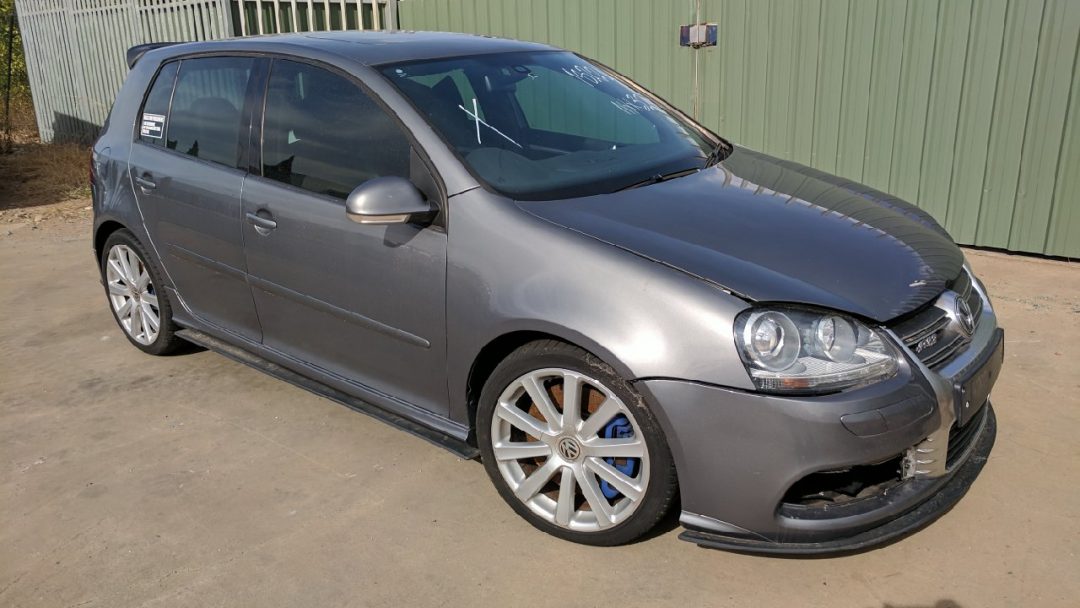

If adopted this year, vehicle manufacturers will have until 2006 to prepare for taking some financial responsibility for the take-back and recycling of end-of-life vehicles. The ELV Directive is still before parliament and therefore a work in progress. In cases of non-compliant organizations, Member States are required to take regulatory or administrative measures. Enforcement is mandatory, and objectives have to be met within the established timelines. Member States are required to bring the ELV Directive into force five years after the adoption of the Directive by the European Commission. In turn, Member States are required to report to the European Commission every three years so that it can determine whether targets are being met and whether goals need to be revisited or adjusted. – the progress achieved with respect to recovery and recycling in reducing the waste-requiring disposal and to increase the recovery and recycling rates – the development and optimization of ways to re-use, recycle and recover end-of- life vehicles and their components and, – the environmentally sound treatment of end-of-life vehicles, in particular the removal of all fluids before dismantling – the design of vehicles and their components with a view to their recoverability and recyclability The data in the following list must also be provided to prospective vehicle buyers as part of the promotional material for the vehicle. Vehicle manufacturers are obligated to compile specific data and report regularly to designated authorities.
#European dismantler manuals
Manufacturers must produce and distribute disassembly manuals within six months after a vehicle is put on the market to assist certified auto recyclers with recycling and to aid certified treatment operators in the identification of hazardous components. Recovery targets (which States must ensure that vehicle producers, in partnership with material and equipment manufacturers, adopt consistent coding standards for materials and components to facilitate an easier dismantling process. The ELV directive mandates recycling rates of 80 and 85 percent, respectively, for vehicles put on the market after 20. The proposed directive sets clear, quantifiable targets and places responsibility for the reuse, recycling and recovery of vehicles and their components on the automobile producers. Permit conditions include credited de-pollution procedures and designated parts removal in order to facilitate the reuse and recycling of batteries, tires, operating fluids, hazardous components, CFCs and air bags.Įach Member State must ensure that all end-of-life vehicles are stored and treated in an environmentally sound manner by certified treatment operations. All dismantlers must obtain a permit to handle ELVs. De-registration must be done by the vehicle’s last owner at a licensed dismantler. A “certificate of destruction” is also required to de-register the vehicle.

Member States will be required to ensure that an adequate collection system is in place for all end-of-life vehicles (ELVs) and that all ELVs are transferred to legitimate treatment facilities at the cost of the producer. Manufacturers are encouraged to utilize more recycled content in new vehicles, providing new markets for the recycled materials that would result from the recycling process. The proposed Directive also calls for manufacturers to re- examine their design considerations and incorporate concepts such as design-for- dismantling and design-for-recycling. This is meant not only to protect the environment from the release of such hazardous substances, but also to make the recycling process easier.

The ELV Directive calls for vehicle manufacturers to eliminate by July 1, 2003, the use of hazardous substances, including lead, mercury, hexavalent chromium and cadmium (with a few exceptions) in the vehicle production process. The directive also specifies a number of additional requirements for vehicle manufacturers, material manufacturers and Member States. The ELV Directive applies the “Extended Producer Responsibility Principle”, requiring manufacturers to take back vehicles once they have reached the end of their lives at no cost to the consumer. These inefficiencies often result in trade and competition distortions and higher overall costs. A number of European countries have already adopted their own take-back programs but the Commission is hoping that legislation consistent across all Member States will reduce the inefficiencies that result from incompatible national initiatives. The European Commission has been striving for a legally binding framework to address the issue of end-of-life vehicle (ELV) management in Europe.


 0 kommentar(er)
0 kommentar(er)
